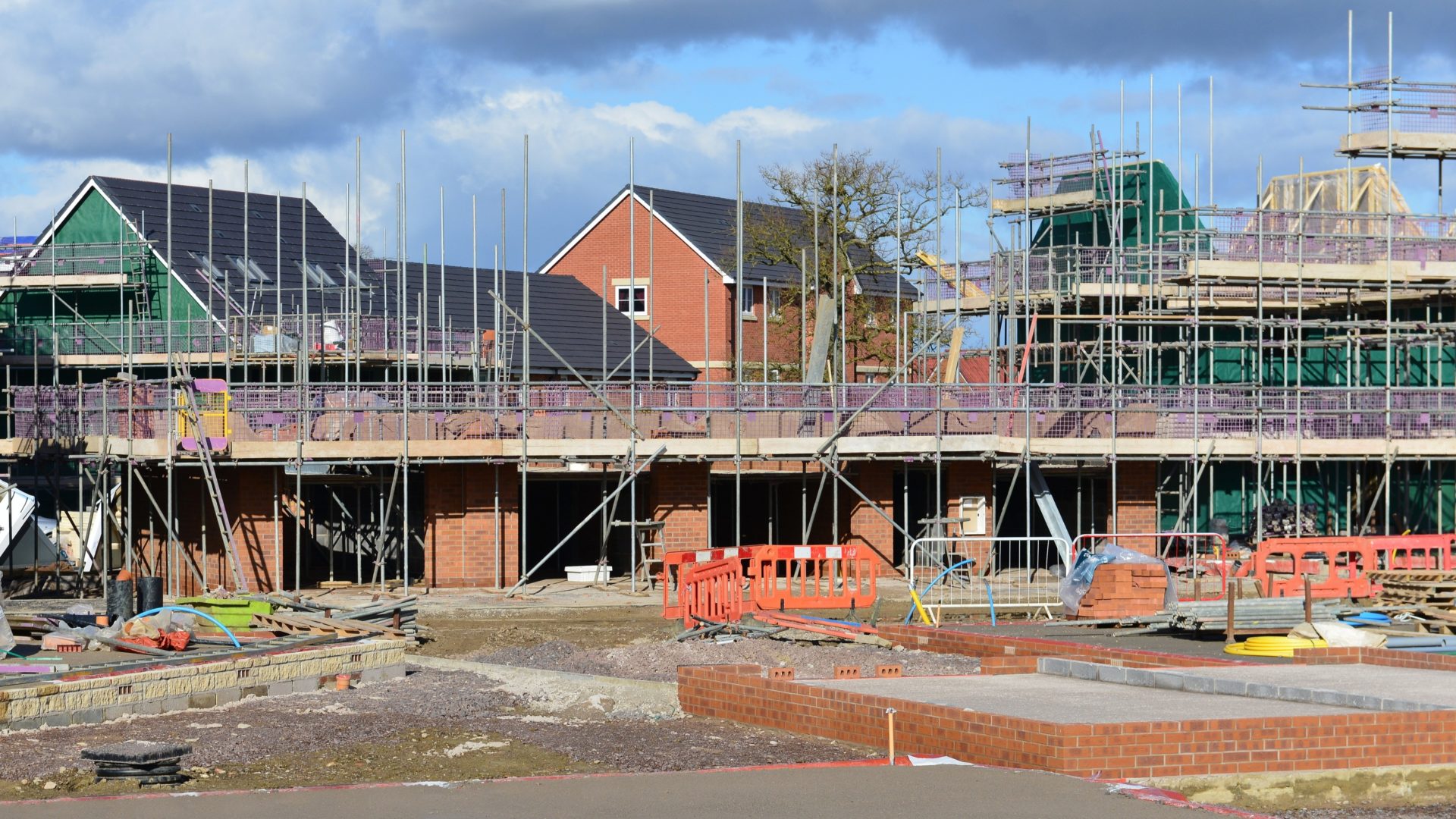
The government has ambitious plans to deliver vital infrastructure and homes, and they seem determined to achieve it. But it’s a tough ask, leaving key questions unanswered – what will it cost? And will it be at the expense of the environment? Mike Froom, Te-Tech Process Solutions, explains.
Nutrient neutrality is a battleground. Intended to protect our environment, it’s become a perceived barrier to much-needed development. But is it a zero-sum game? Are we trapped in a cycle of conflict, where progress and preservation are constantly at odds? Or can we balance the needs for development with the health of our rivers?
Significant need for homes
The government has strong desires to tackle the UK’s housing crisis. Addressing issues with affordability and limited availability, particularly pressing for young people, are driving this push for increased supply.
And there are hopes that getting development underway will boost economic growth – creating jobs and stimulating investment in the construction sector. All whilst tackling social issues such as housing availability, social mobility and ensuring enough homes for future generations.
The development dilemma
Both housing and the environment are under pressure. Must one buckle? Or can both be eased? The urgent need for housing and development is undeniable, but it should not come at the expense of our environment.
Put simply, more homes mean more wastewater, which, if not treated effectively, can contribute to nutrient loading to surrounding water systems, fuelling algal blooms, choking waterways, depleting oxygen and wrecking ecosystems. These blooms can produce harmful toxins, impacting drinking water quality and recreational activities.
Government attempts to prioritise both
At the beginning of the year, the government announced planning proposals to unblock vital infrastructure whilst enabling nature’s recovery. The Nature Restoration Fund will pool contributions from developers to fund larger strategic interventions for nature, and the Planning and Infrastructure Bill will accelerate 150 major projects, including wind farms, roads and data centres, where previously, environmental mitigation for each project had caused delays. The large-scale, strategic environmental interventions will be managed by Natural England, replacing project-by-project mitigation, and speeding up approvals.
So, the time for debate is over. Development is going ahead. The question is no longer whether we should prioritise the environment or development, it’s become – how can we mitigate the impacts of getting Britain building?
Nutrient mitigation: Time to trust mother nature?
Nature-based approaches, like constructed wetlands, are a natural solution to remove excess nutrients from wastewater, whilst creating valuable wildlife habitats. So, problem solved? We just need to get Britain building… wetlands?
Unfortunately, this isn’t the case. The jury is out with the EA on how effective wetlands are in removing nutrients, so there is not wholesale or unconditional endorsement of these nature-based solutions. Additionally, due the nature of these solutions, proof of their effectiveness may take several years to demonstrate, and effective management and maintenance of wetlands is still a consideration. Wetlands have significant space requirements, and purchasing land is costly, therefore they are not applicable for all facilities, especially those with limited space or budget. So, what are the alternative options?
Chemical precipitation?
Traditionally chemicals like aluminium or iron salts can be added to wastewater to bind with phosphorus, forming solids that can be easily removed through settling or filtration. But chemical dosing comes with a host of issues and is not ideal for long-term, sustainable solutions. Ferric, for example, is highly corrosive, generates more sludge and wreaks havoc with tanks and pipes.
Biological nutrient removal
Biological nutrient removal (BNR) processes use beneficial microorganisms to remove nutrients from wastewater. Nitrifying bacteria convert ammonia into nitrates, and denitrifying bacteria convert nitrates into nitrogen gas. The setup allows simultaneous nitrification and denitrification for complete removal of nitrogen from the wastewater. Combined with enhanced biological phosphorus removal (EBPR), whereby polyphosphate accumulating organisms (PAOs) remove phosphorus from the wastewater, and you have a formidable process for nutrient removal.
A future for development and nature
Nutrient neutrality must be achieved, not circumvented. Long-term, sustainable nutrient neutrality solutions, such as wetlands and enhanced biological processes are necessary to meet the demands of both economic progress and environmental health, to ensure development without the destruction of our environment. Ensuring the projects we build today do not compromise our tomorrow.



